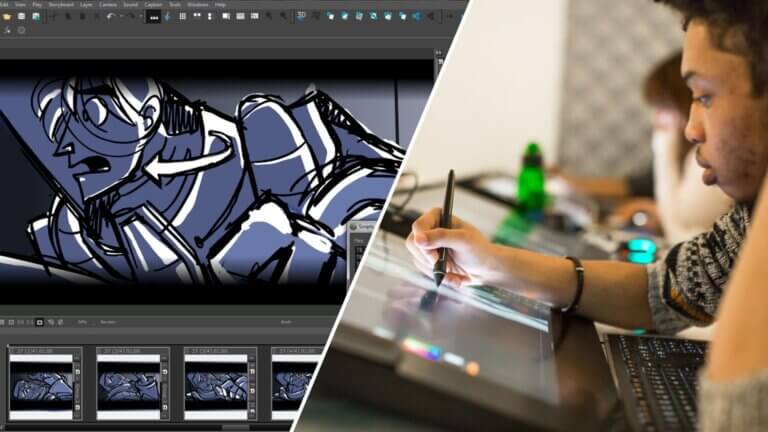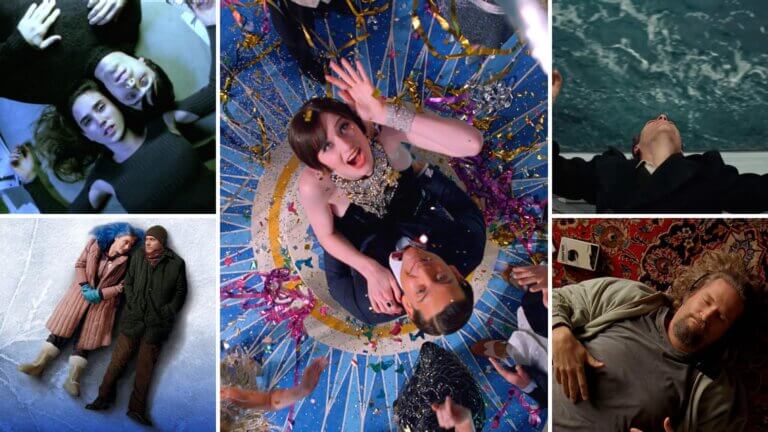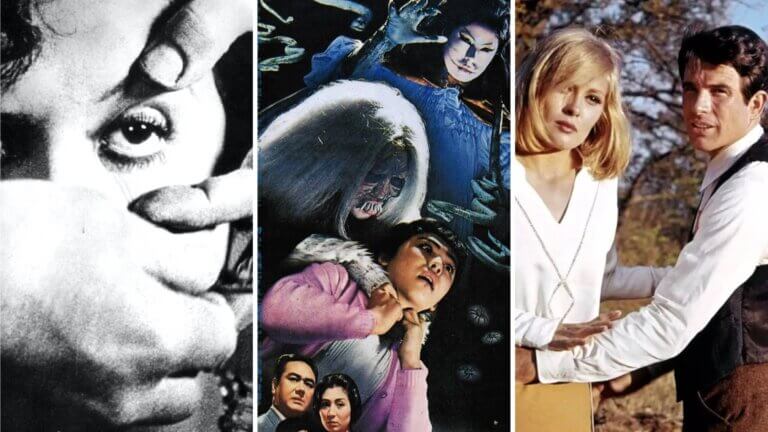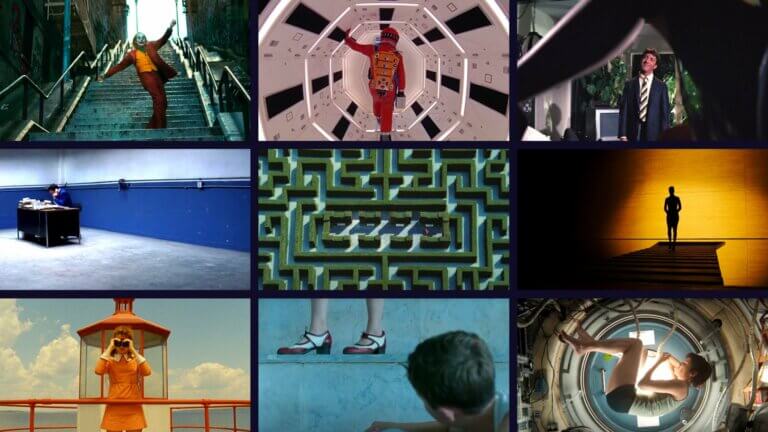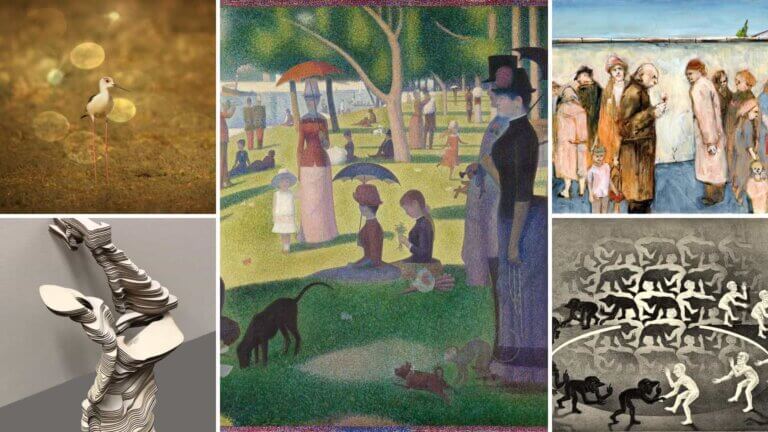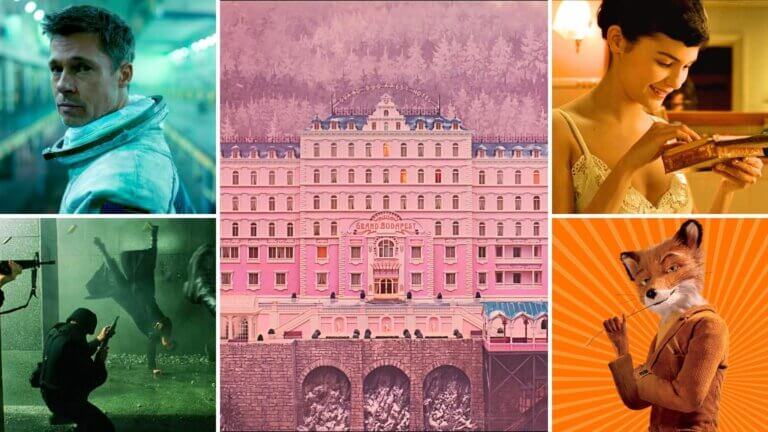In the world of film production, where every detail on screen is meticulously planned and executed. One of the unsung heroes of this process is the set dresser. Often overlooked, the set dresser plays a pivotal role in creating the visual landscape that helps tell the story. This article will delve into the intriguing profession of a set dresser, exploring what they do, how to become one, the potential earnings, and where to find job opportunities in this creative field. Continue reading What is a Set Dresser — Definition and Job Description
In the previous post, we covered the basics behind animatics (including the difference between a storyboard and animatic). Now that we have our foundation on animatics, let’s get into more detail on how to make one.The question now becomes: How to make an animatic?In this article, we’re going to discuss strategies and tips to get the most out of the animatics process. We’re also going to walk through the process of using StudioBinder to create an animatic storyboard, step-by-step.Continue reading How to Make an Animatic: A Step-by-Step Guide
Overhead shots are used all the time, sometimes for practical reasons, while other times for an emotional effect. The trick is to make sure they don’t disorient the viewer and come out of nowhere. We’re going to discuss the overhead shot and go over which emotions are generated when you use a bird's eye view, and show you overhead shot examples that enhance the scene in a positive way.Continue reading The Overhead Shot — Creative Examples of Camera Angles
Motion pictures have enticed and inspired artists, audiences, and critics for more than a century. Today, we’re going to explore the history of film by looking at the major movements that have defined cinema worldwide. We’re also going to explore the technical craft of filmmaking from the persistence of vision to colorization to synchronous sound. By the end, you’ll know all the broad strokes in the history of film.Note: this article doesn’t cover every piece of film history. Some minor movements and technical breakthroughs have been left out – check out the StudioBinder blog for more content.Continue reading The History…
Whether you are a painter, photographer, or filmmaker, composition is one of the foundational principles of any visual artwork. No matter what equipment you are using, composition and the principles of compositions are tools you always have at your disposal. So what is composition and why is it important to know? Understanding how to compose your frame or artwork will help you convey the emotion or story you want to your audience. Developing your eye for a great composition starts with learning the basic principles of it. So let’s dive in. Continue reading What is Composition — A Guide to Composition…
There is something incredibly satisfying about symmetrical balance in art. While you may not be able to define it (yet), most people know it when they see it. From architecture to paintings to photography to cinema, symmetrical balance is a tool used by artists of all mediums. Why is the technique used, beloved, and sometimes avoided by artists? What is symmetrical balance in art and composition? Let’s find out.Continue reading What is Symmetrical Balance in Art — Composition Techniques
Most people understand the term “positive space” simply as the subject of a work of art. While this is true, there is much more to this concept than that. What is positive space in composition and what is it used for? The presence of positive space may be a given, but how it is used and created is what impacts artistic work. Let’s take a look at a few characteristics of positive space in artistic compositions and its impact it has on viewers. Continue reading What is Positive Space in Art & Film — Composition Techniques
Have you ever seen a photograph or a shot in a film and found your eyes wandering across the frame only to land at something significant? Odds are, leading lines were used to direct your attention. Photographers and cinematographers alike use various types of lines to lead the viewer’s eyes and tell a story through an image. What are leading lines and how can you use them? Let’s take a look at how this technique can benefit a shot’s aesthetic and function and how you can use them in your own compositions. Continue reading What Are Leading Lines — Composition in…
Much has been made about Wes Anderson’s use of symmetry in shot composition – but did you know symmetry extends to his editing style as well? Wes Anderson utilizes symmetry in every facet of his filmmaking process, from pattern events to blocking and staging. We’re going to show you the art behind Wes Anderson’s symmetrical editing; by the end, you’ll know how it works and why it’s such a stylistic strength.Continue reading Wes Anderson Symmetry & Symmetrical Editing Explained
What are monochromatic colors? What is a monochromatic color scheme in filmmaking? Why does it matter and how is it different from other color palettes? These are the questions we’ll be answering alongside a dive into the purpose and psychology of color in storytelling and a look at some of the best examples of monochromatic color schemes from film and television. Continue reading What is a Monochromatic Color Scheme — Definition, Examples

